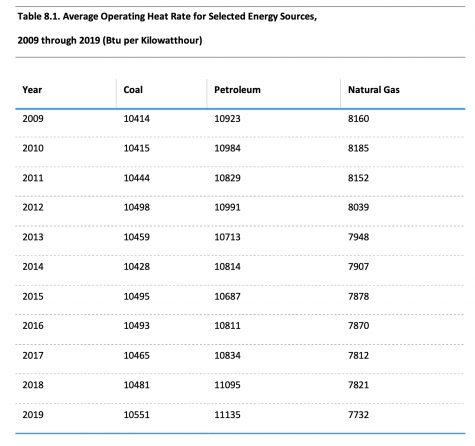Source of power matters: Electric trash trucks ‘will not move the carbon-footprint needle’
To the editor:
I sent the letter below to the Village of Pelham mayor and board of trustees on Sept. 14 to be read into the record at the board of trustees’ regular meeting.
In addition to being a long-time resident of Pelham, I am a chemical engineer who has studied and evaluated renewable-energy sources since the 1970s. I read with interest the discussion on whether our aging truck fleet should be replaced with diesel or electric-powered vehicles (EVs).
I am writing to advise that after researching the topic, I have come to the conclusion that now is not the time to purchase electric vehicles. I have outlined below the basis for that conclusion.
As you are aware, electricity grids in most of the world (including the U.S.) are still powered principally by fossil fuels such as coal, oil or natural gas (or some combination thereof), and EVs depend on that energy for their charge.
Consequently, when deciding whether or not to choose EVs over diesel trucks, one could consider the fundamental thermal efficiency, as measured by the heat rates, of the two approaches.
Heat rate is one measure of the efficiency of electrical generators/power plants that convert a fuel into heat and into electricity. The heat rate is the amount of energy used by an electrical generator/power plant to generate one kilowatt-hour (kWh) of electricity. The U.S. Energy Information Administration (EIA) expresses heat rates in British thermal units (Btu) per net kWh generated. Net generation is the amount of electricity a power plant supplies to the power-transmission line connected to the power plant.
To express the thermal efficiency of a generator or power plant as a percentage, one needs to divide the equivalent Btu content of a kWh of electricity (3,412 Btu) by the heat rate. For example, if the heat rate is 10,500 Btu, the efficiency is 33%. If the heat rate is 7,500 Btu, the efficiency is 45%.
Specific to the table below, the average heat rates ( and their associated thermal efficiency) in 2019 for utilities operating on coal, petroleum and natural gas are as follows:


Source: https://www.eia.gov/
At this time, the thermal efficiency of a battery-operated EV can be no better than its energy source(s) (some combination of fossil fuels with the above efficiencies, including limited nuclear and solar sources). However, that is not the full story for battery efficiency. Unfortunately, EV battery production remains an energy-intensive process and the mining of the lithium and cobalt battery components creates world-wide environmental issues that must be addressed. (But these are broader issues for another time,)
On the other hand, automotive diesel engines are about 20% more efficient than automotive gasoline combustion engines with an average thermal efficiency of about 40%. The thermal efficiency of a diesel engine is better than that of both coal- and petroleum-based electric utility supplied EVs and comparable to that based on natural gas-based electricity generation.
While I understand that our utilities are in the process of transitioning over to more renewable sources, the full benefits of EVs will be realized only after that transition has occurred and that transition might take several decades to happen.
Conclusion: Given the above, I am in favor of the purchase of diesel trucks over their substantially more expensive electric alternatives because, today, they will not move the carbon footprint needle in any meaningful manner and will unnecessarily increase the financial burden on the taxpayers in our community .
Charles Mikulka
56 Young Avenue



Jaime Cabarrocas • Sep 16, 2021 at 11:08 am
Couldn’t be said any better. Follow the science. An idea ahead of its time. We’re not literally in the garbage business.